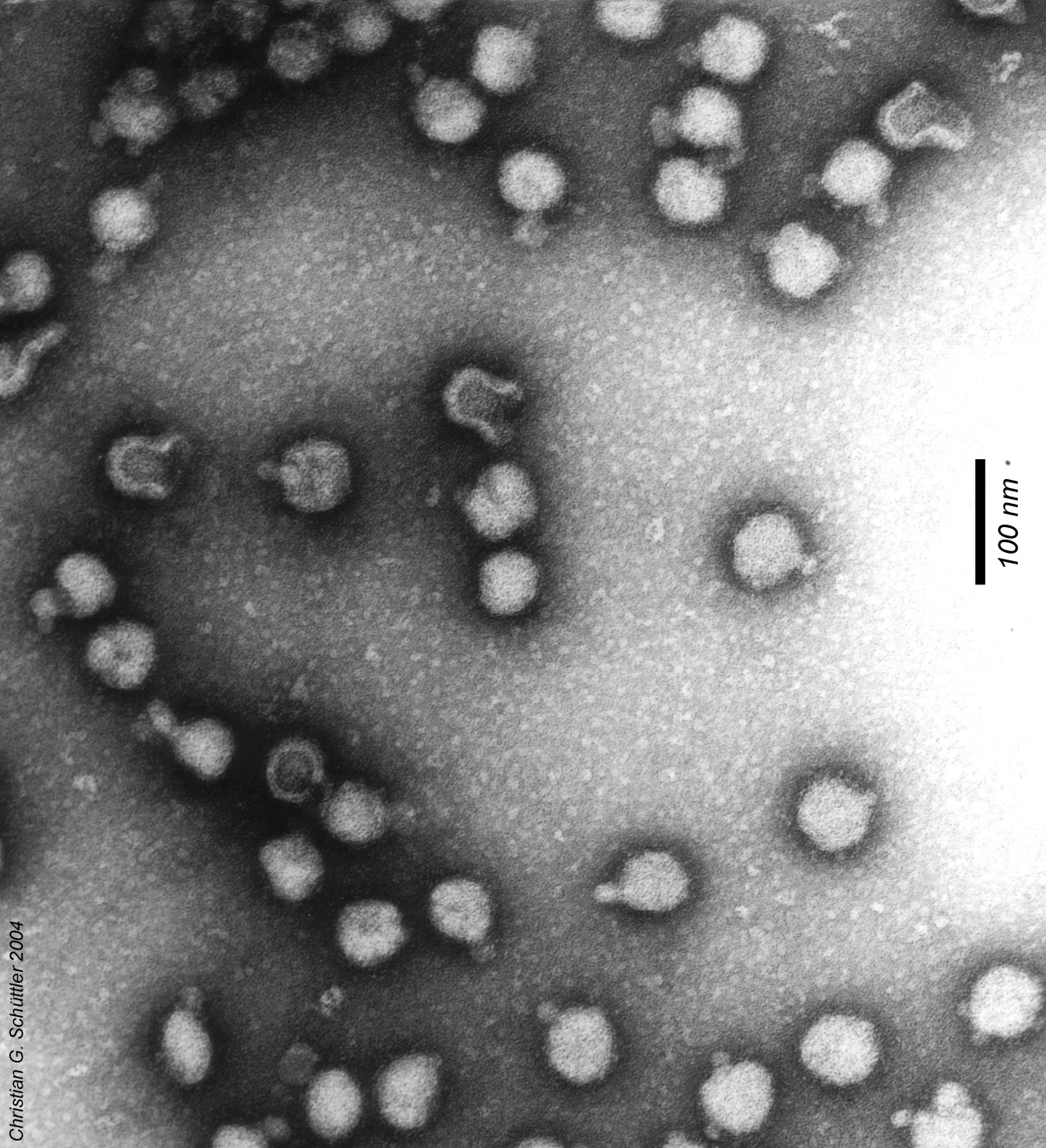- Semliki Forest Virus
virus_group = iv
familia = "Togaviridae "
genus = "Alphavirus"The Semliki Forest virus (or Semiliki Forest virus) was first isolated from mosquitoes in the
Semliki Forest ,Uganda by theUganda Virus Research Institute in 1942. It is known to cause disease in both animals and man. It is anAlphavirus found in central, eastern, and southernAfrica .The Semliki Forest virus is a positive-stranded RNA virus with
icosahedral capsid which is enveloped by alipid bilayer, derived from the host cell. The outermost surface of the virus is almost entirely covered by heterodimers ofglycoproteins E1 and E2, arranged in interconnective trimers, which form an outer shell. Trimers are anchored in the membrane by an E2 cytoplasmic domain that associates with the nucleocapsid.The size of the virus
genome is approximately 13,000 base pairs. The 5’ two thirds of the genome encode non-structural proteins and the structural proteins are encoded in the 3’ third. Replication occurs via a negative strand intermediate giving rise to a full length genomic RNA for export in new virions and a subgenomic message that is translated into the structural proteins.Semliki Forest virus is spread mainly by mosquito bites. It is not able to infect mammals through
inhalation or gastrointestinal exposure although rodents in the laboratory can be infected by intranasal instillation. The virus is able to cause a lethalencephalitis in rodents, but only one lethal human infection has been reported. Even in this one case, the patient was immunodeficient and had been exposed to large amounts of virus in the laboratory.Semliki Forest virus has been used extensively in biological research as a model of the viral life cycle and of viral neuropathy. Due to its broad host range and efficient replication, it has also been developed as a vector for
gene s encodingvaccine s and anti-cancer agents, and as a tool ingene therapy .ee also
*
alphavirus
*Sindbis virus
*Chikungunya References
* de Cedron, M.G., Ehsani, N., Mikkola, M.L., Garcia, J.A., and Kaariainen, L.
RNA helicase activity ofSemliki Forest virus replicase protein NSP2. FEBS Lett. 448: 19-22 (1999 )
Wikimedia Foundation. 2010.

